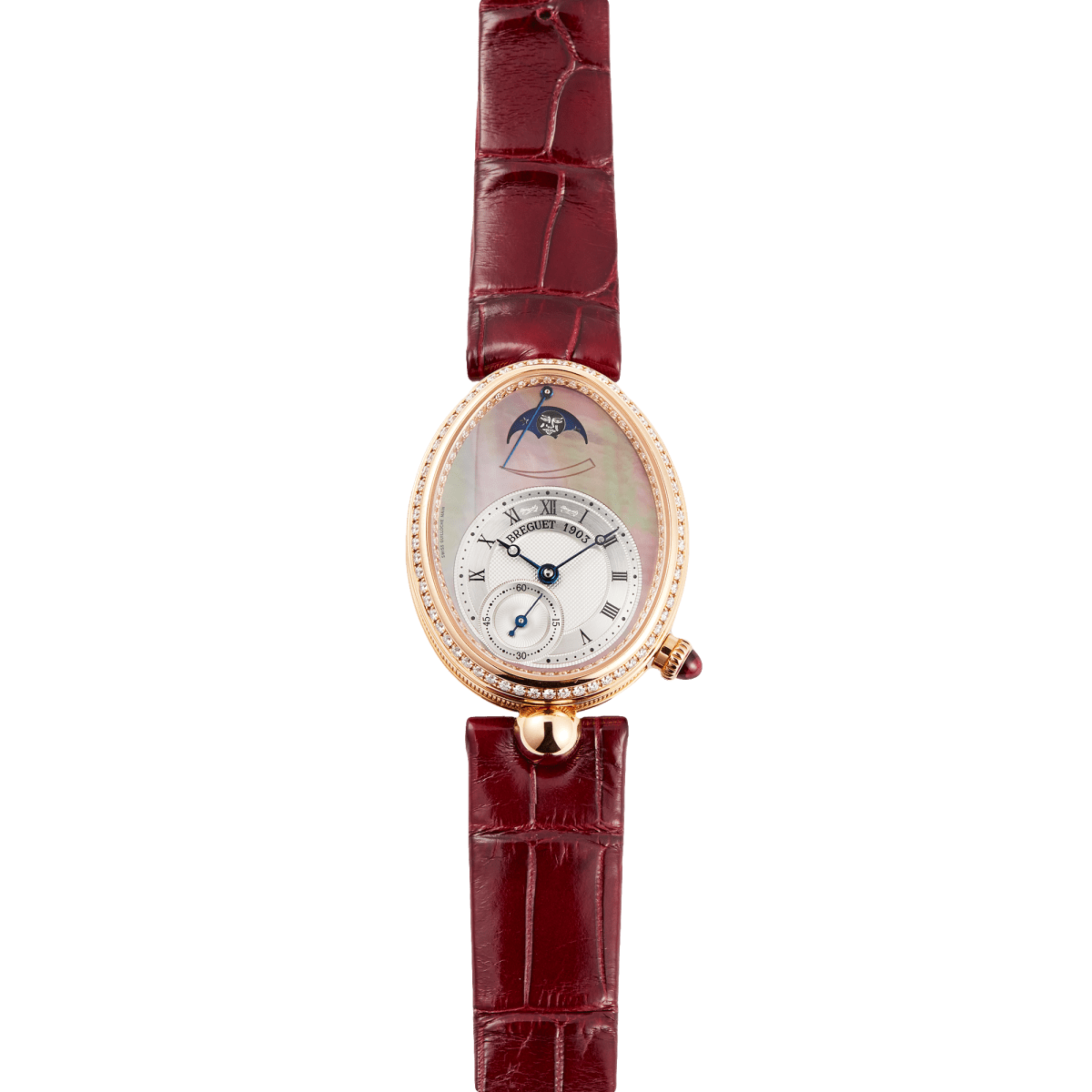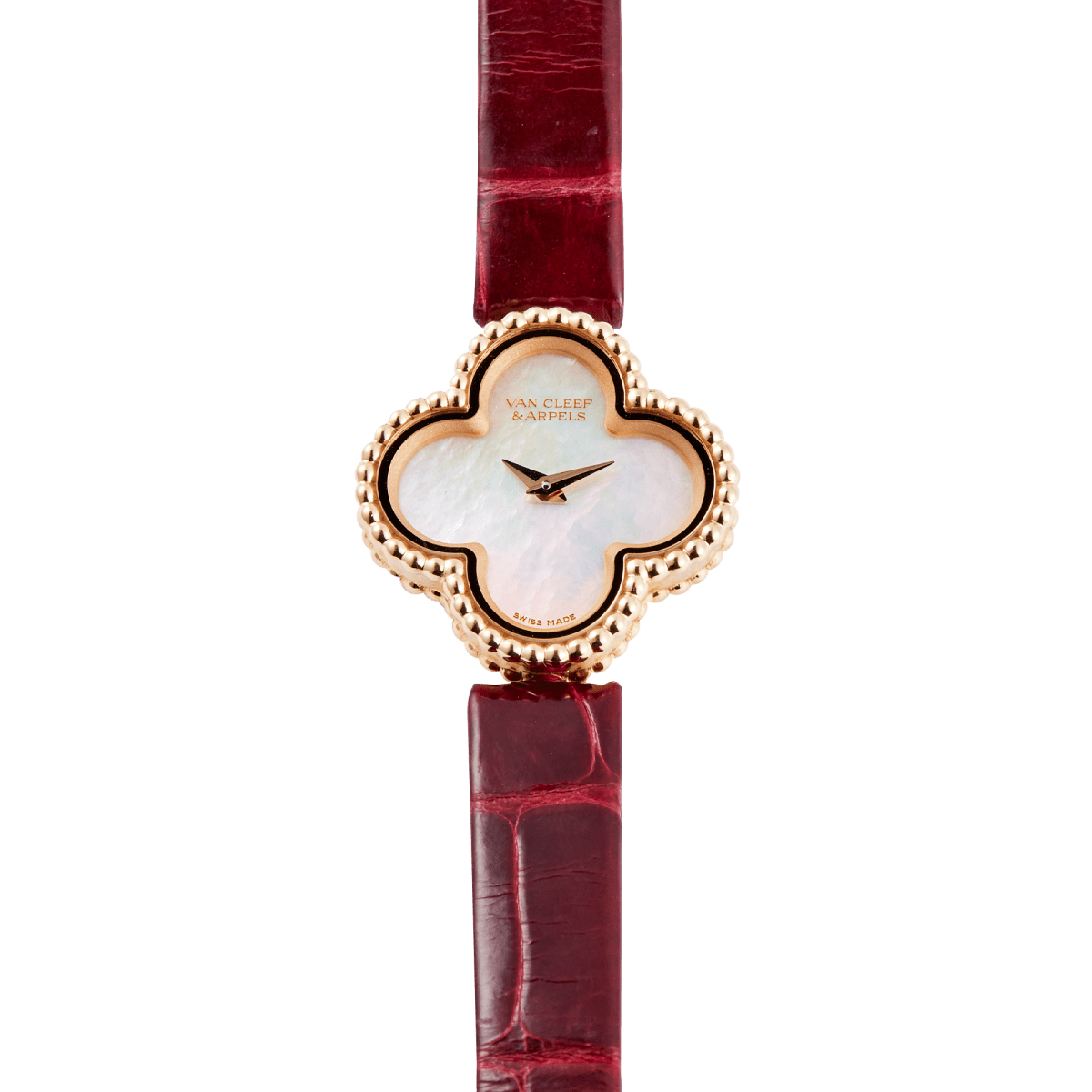
Nacre-mancy: A Deep Dive into Mother of Pearl Dials
It’s organic and inorganic, tough and brittle, grey and colorful – all at the same time. The mother of pearl is one of the more fascinating materials in modern watchmaking
For decades now, mother of pearl has been considered a tried-and-true aid for “feminizing” a watch, if you will. Back in the day, the way to make watches for women was by “shrinking and pinking” their male counterparts, which essentially meant creating smaller copies with pink accents. And, more often than not, the pink came from the mother of pearl. While the watchmakers now are largely moving towards retiring gendered language when marketing timepieces and female customers are also increasingly choosing larger models, some materials in watchmaking seem perpetually stuck in the “for her” category, which, for better or worse, includes mother of pearl.
The scientific term for mother of pearl is nacre, it coats the inner shell of certain mollusks and is directly involved in the production of pearls (hence the name). Nacre is what scientists call an organic-inorganic composite material – it consists of irregular plates of aragonite (a type of calcium carbonate), separated by sheets of organic matrix (which, in most cases, is composed of elastic biopolymers like chitin or silk proteins). The thickness of these layers determines the color of reflection from the nacre. The brick-like structural pattern of nacre, on the other hand, is responsible for the material’s toughness, which, in some cases, can reach that of silicon.
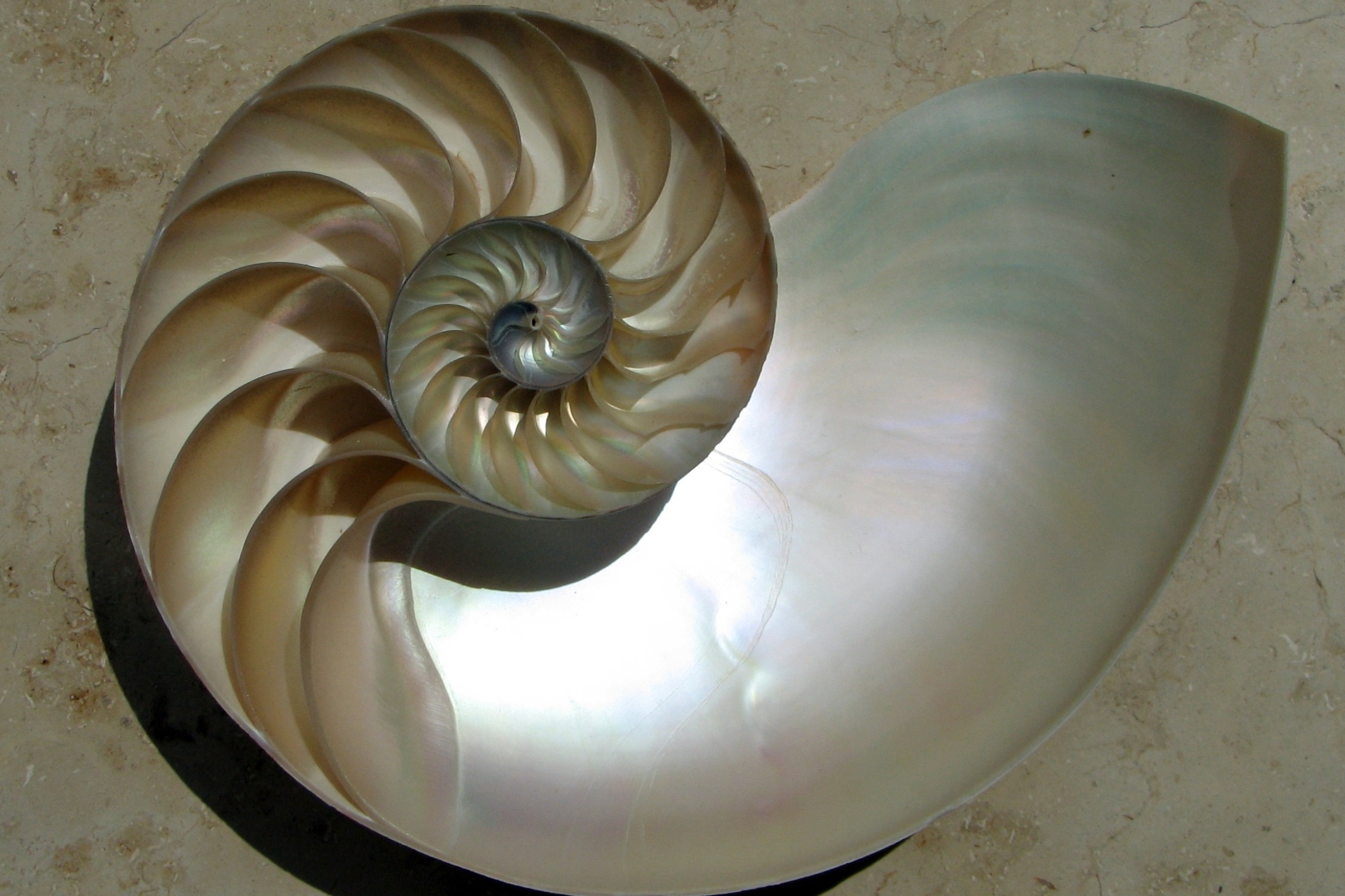
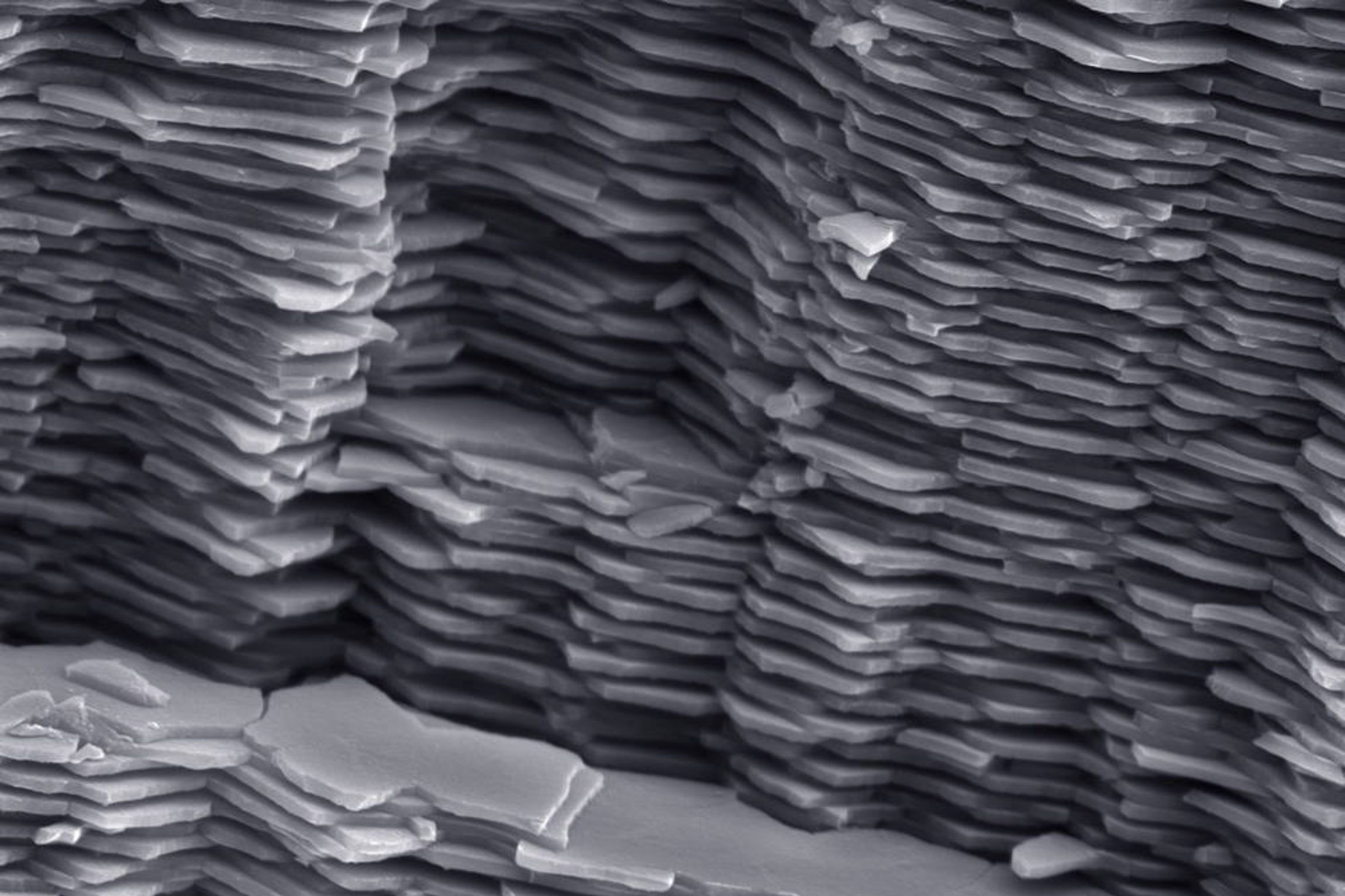
The usage of nacre in decorative art can be traced back to eighth-century Chinese and Japanese lacquer art. By the 12th century, the artisans in China were using thin plates of mother of pearl to create beautiful landscapes and scenes of flora and fauna. In Europe, nacre was closely linked to the Christian tradition and often associated with the love of the Virgin Mary. It was a popular material for rosaries and in iconography. Outside of worship, during the Renaissance, the mother of pearl was often used in guns' inlays, objects of décor, jewels, and more. It wasn’t until the 19th century, however, when the mother of pearl garnered a public appeal. As the bright reader might’ve already deduced, this was linked to the technological advancements that allowed for nacre to be cut into buttons for tailored shirts, dresses, etc.
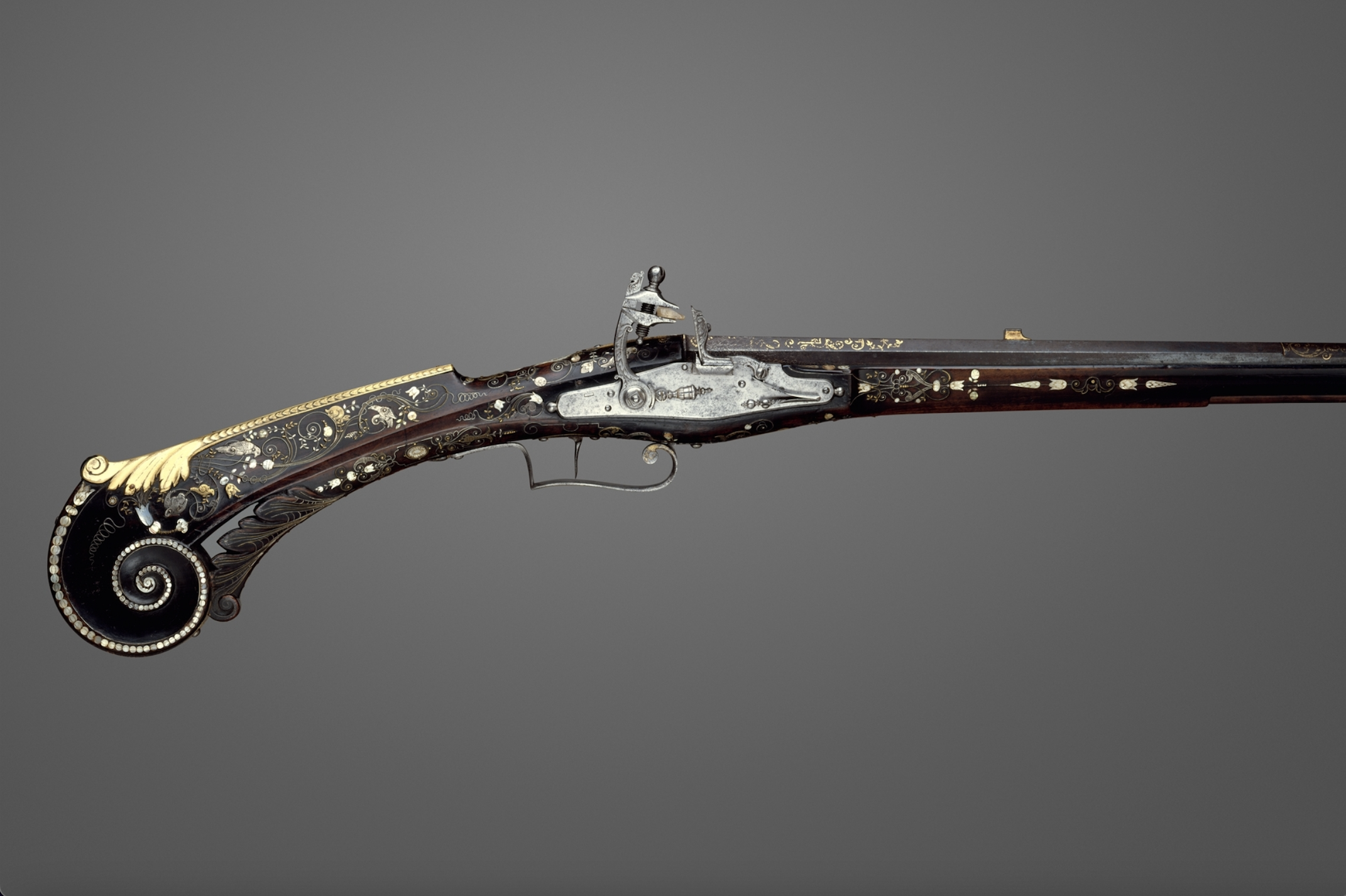
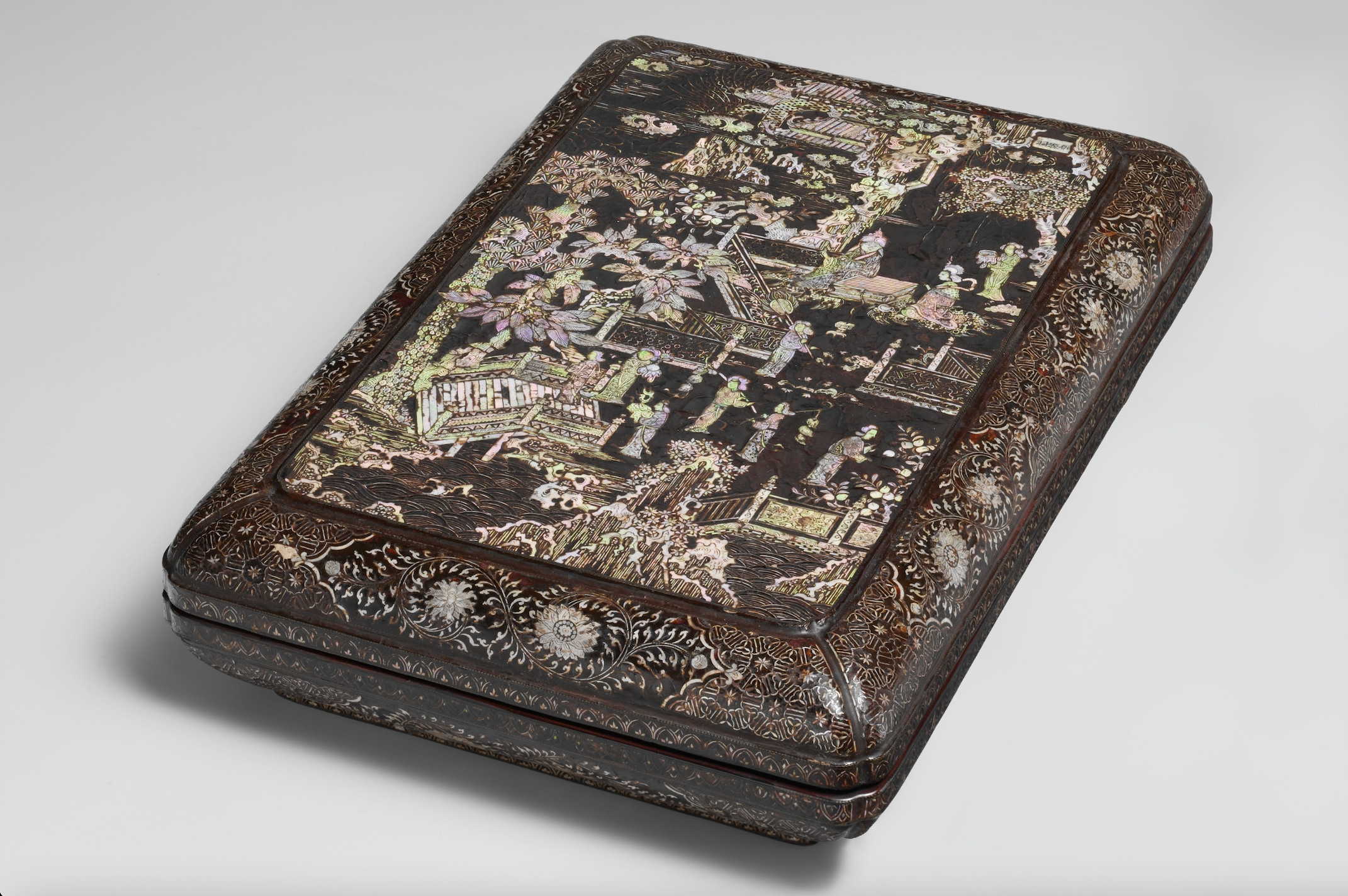
But let us stop the excursion into the fascinating history of the mother of pearl here. As far as watches are concerned, it’s hard to pinpoint when exactly mother-of-pearl dials became a thing – it could be around the same time as nacre became a popular material in buttons. This much is unsurprising because the mother of pearl poses significant manufacturing challenges. “MOP is extremely brittle, thus it can be difficult to work with,” says our in-house watchmaker Peter Glomb. But wait. Didn’t we mention how nacre is lauded for its strength? Indeed. However, to be incorporated into dials, the mother of pearl must be cut into thin discs (0.5mm to 1mm thick), and that’s when its toughness profile changes.

“I visited the Glashütte Original facility and saw large cylinders cut from shells. They are then sawn into thin discs which will then become dials,” Glomb continues. “The discs are then applied to a thin dial plate (usually brass) so the bottom is flat and the dial feet can be applied by solder. It also prevents cracking, much like some dials have a layer of enamel on the underside to prevent surface tension cracking. “Watchmakers” are not typically the ones working with this material. More often than not, manufacturers of mother-of-pearl dials are the primary source for the discs which are later modified by the brands. Small holes can be drilled into the mother of pearl for indexes, logos, chapter rings, etc.”
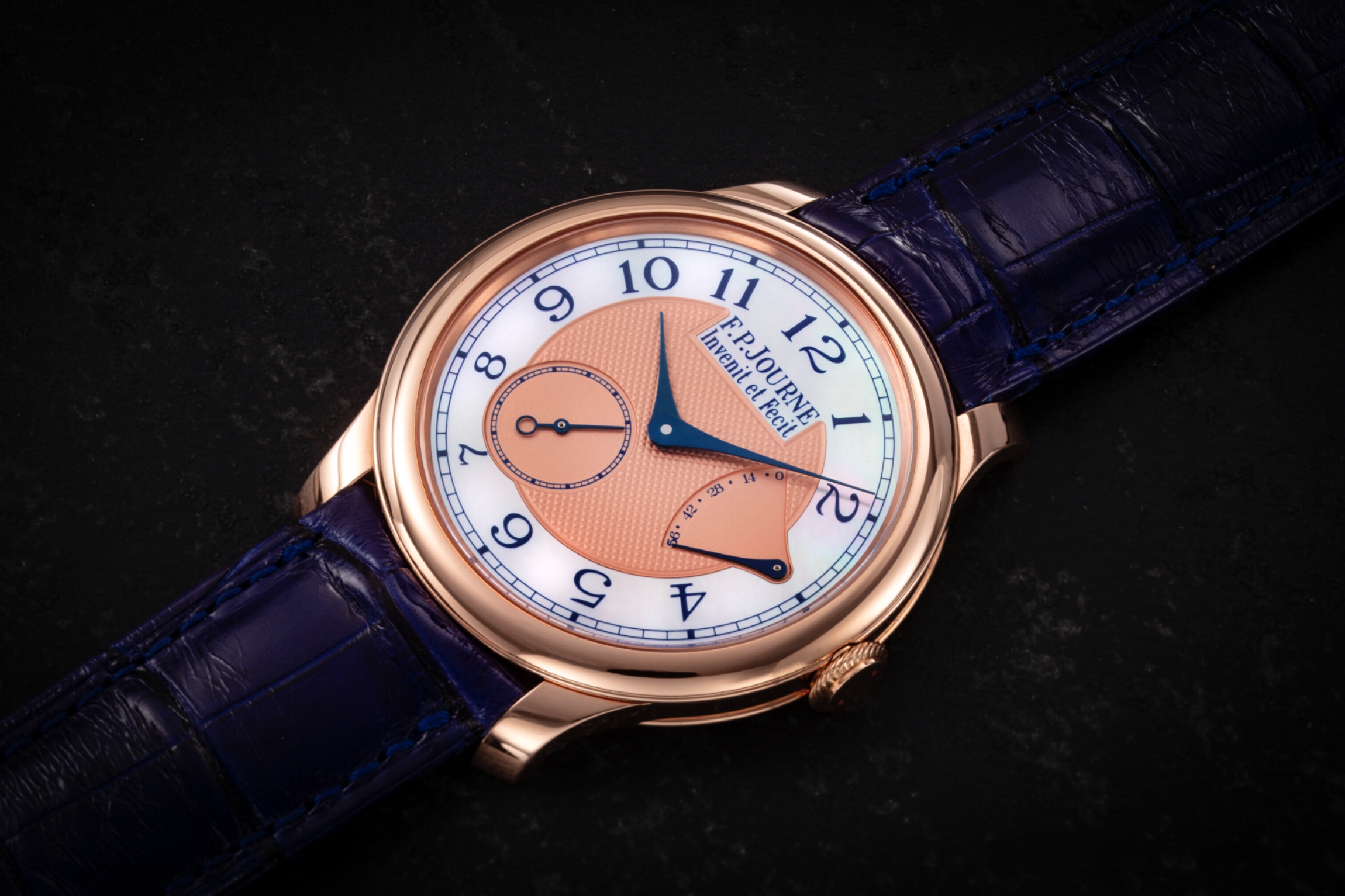
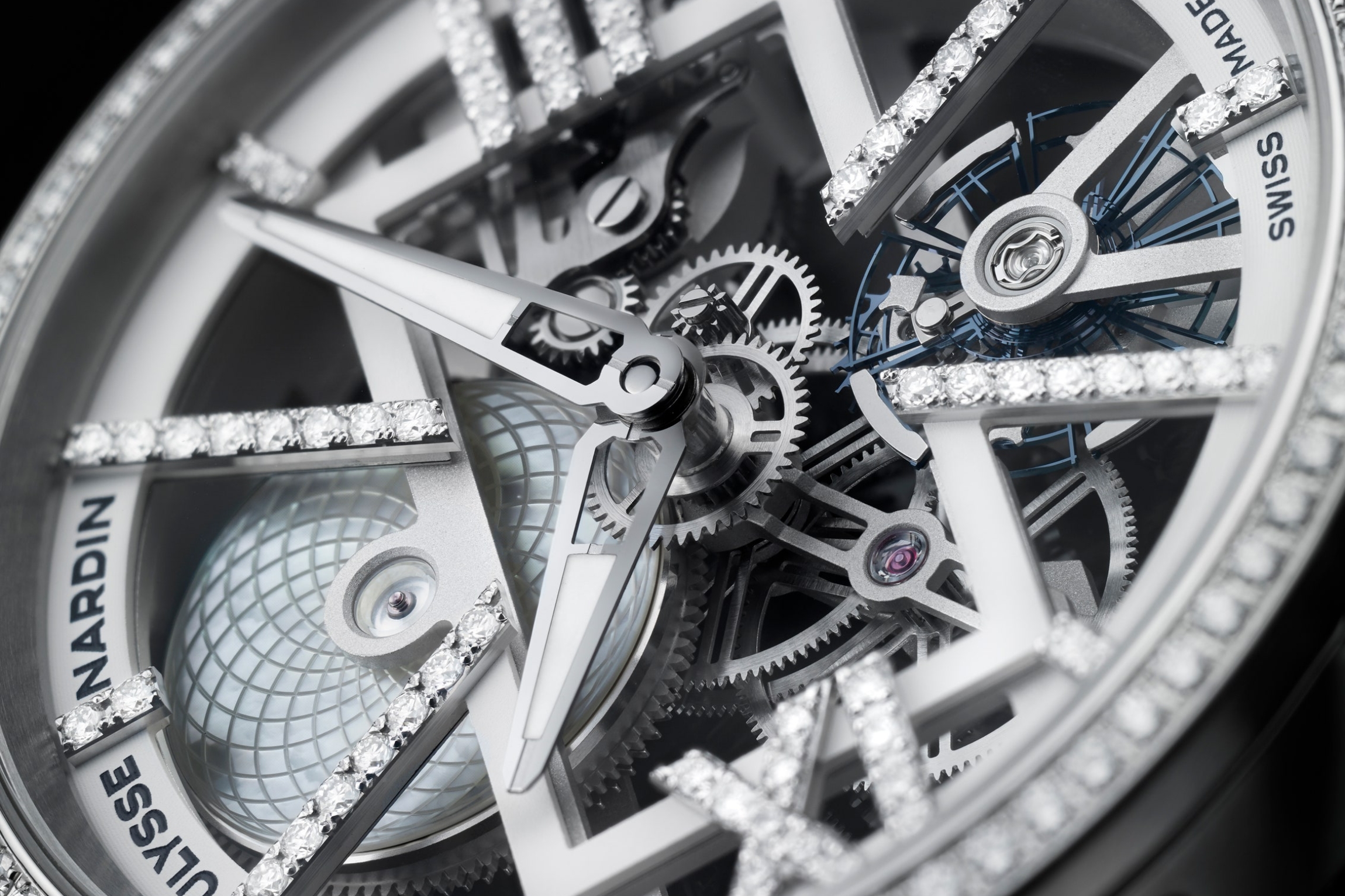
There are a plethora of innovative and aesthetically stimulating examples of mother-of-pearl dials in modern watchmaking. Rolex and Omega are, naturally, the giants who have perfected the art of infatuating the masses with “bold” artistic choices. “Rolex has many uses for mother-of-pearl dials – both in black and white,” says Glomb. But, we can find some fascinating examples beyond the brands with established mass appeal. “Some unique examples are the F.P. Journe Chronomètre Souverain, the Octa Automatique Lune, and the Octa Automatique Réserve which have chapter rings in mother of pearl – It’s more of an accent than a main dial material paired with the guilloche, makes for a nice combo,” the watchmaker professes, “Even more unique example is the Ulysse Nardin’s Skeleton X Sparkling (which classifies as an aspect of the dial since it’s skeletonized), which has a barrel cover that is guilloche engraved which shows an enormous level of difficulty.”
Rolex Daytona “Beach” White Gold Mother of Pearl Dial
The iconic Daytona "Beach" watch from Rolex gets a brilliant makeover with the White Gold Pink Mother of Pearl Dial edition. Sporting a dazzling 40mm white gold case and adorned with bold Roman numerals on its striking Pink Mother of Pearl dial, this watch is a stunning work of art that commands attention. Powered by the state-of-the-art Calibre 4130 self-winding movement, it offers an impressive 72-hour power reserve for unbeatable precision and reliability. With a water resistance of up to 100 meters, it is the perfect companion for any adventure.
Patek Philippe Gondolo Serata White Gold Mother of Pearl Dial
Every detail of the Patek Philippe Gondolo Serata watch symbolizes unparalleled craftsmanship and luxury. The white gold casing, adorned with a stunning bezel fully encrusted with diamonds, immediately draws the gaze. And the mother-of-pearl dial, shimmering softly in the light, perfectly complements the precious metal. Powered by the precise Calibre E15 quartz movement, this timepiece is not only a beautiful accessory but also a reliable companion for any modern woman. The effortless elegance is completed by a blue satin strap secured with a white gold buckle, making it the ultimate statement of sophistication and style.
Breguet Reine de Naples Rose Gold Diamond Mother of Pearl Dial
Caroline Murat, Queen of Naples alongside her consort Joachim Murat from 1808 to 1815, forged a strong bond with master watchmaker A.L. Breguet during her reign years, which led to the birth of the first watch designed to be worn on the wrist. This was commissioned in 1810, paid for in 1811, and delivered in 1812, revolutionizing the world of watchmaking, the first ultra-flat, oval-shaped repeater watch, equipped with a thermometer and was mounted on a bracelet of interwoven gold wires. This watch, though not made in the 19th century, holds Breguet’s proud legacy within. Its dainty oval case, fitted with iridescent mother of pearl, and a silver sundial with Roman numerals, will serve as your loyal companion to the most exclusive social circles.
Piaget Vintage Yellow Gold Diamond Mother of Pearl Dial
Crafted from the purest yellow gold, this Piaget watch boasts an elegant white mother-of-pearl dial, both iridescent and pure. Its dial is only elevated by the diamonds-and-rubies-set ring within, which cleverly substitutes the hour markers. The gleaming yellow-gold bezel is complemented by a luxurious strap and folding clasp, providing both style and practicality. From formal gatherings to everyday wear, this vintage Piaget piece will become a stunning visual accent in tandem with your fashions, while also, at times, serving as the most perfect conversation starter.
Van Cleef & Arpels Sweet Alhambra Rose Gold Mother of Pearl Dial
Created in 1968, Van Cleef & Arpels' Alhambra® motif has become a timeless good luck symbol with its four-leaf clover silhouette. The dial of this watch is cast from the iridescent mother of pearl with the most subtle texture, while its quartz movement ensures accurate and precise timekeeping. Simple and elegant, this rose gold timepiece will be your lucky charm whether you’re exploring the bustling city streets or catching a moment of repose in the country.
Rolex Lady Datejust Stainless Steel Jubilee Mother of Pearl

Rolex
Lady Datejust Stainless Steel Jubilee Mother of Pearl
This exquisite stainless steel Rolex Lady Datejust sparkles with diamond markers and is pure heaven. The mother-of-pearl dial, full of mystery and intrigue, is a testament to its natural origins, each one unique in color and texture depending on the shell it was extracted from. With expert craftsmanship and attention to detail, Rolex enhances the innate beauty of this precious material, never resorting to artificial coloring. The iconic Jubilee bracelet and precise Calibre 3235 movement make this watch not only a sight to behold but also a technological wonder that ensures accurate timekeeping for its wearer.



